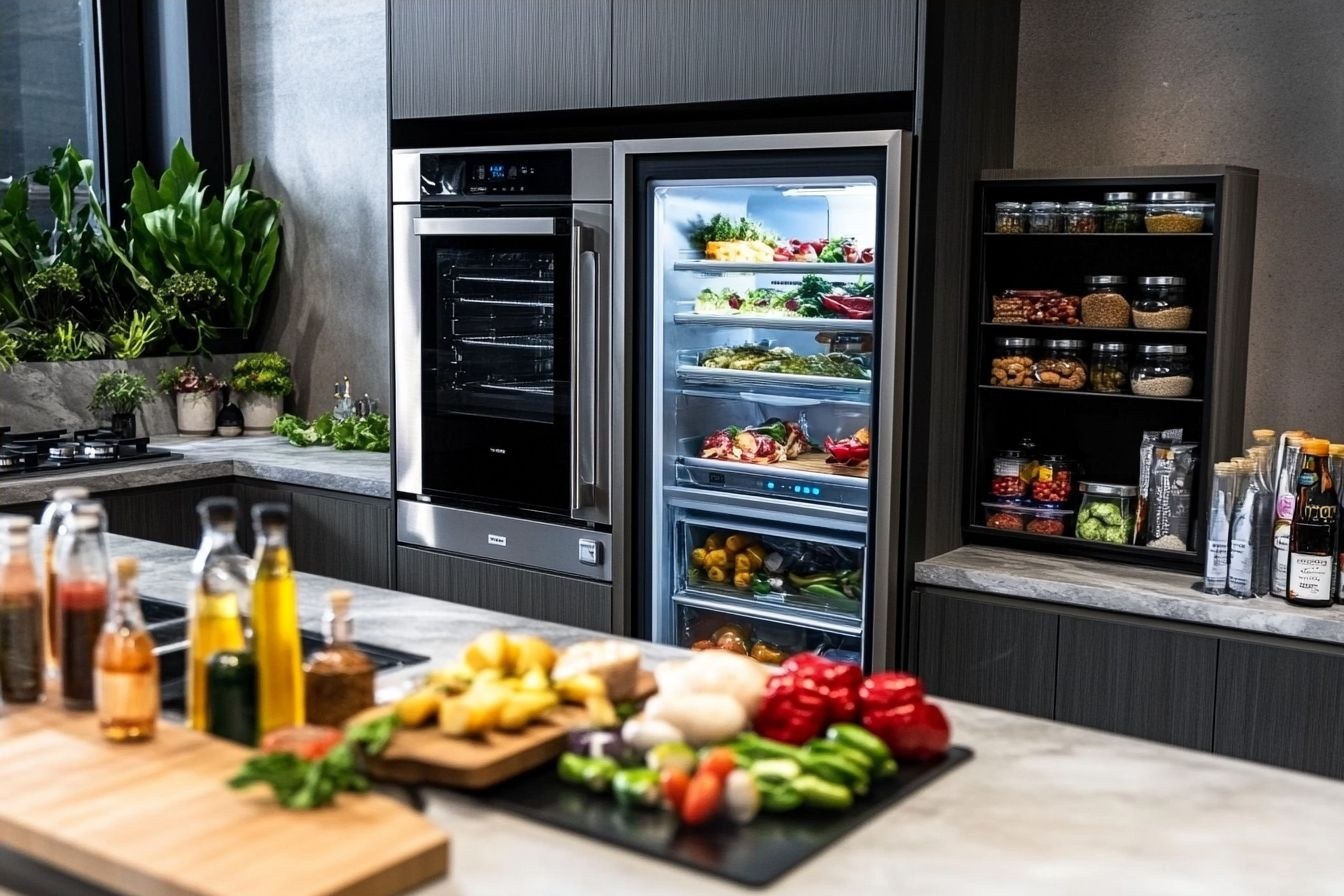Efficient cleanup and storage steps to extend prepared dishes safely
Practical cleanup and storage strategies help extend the safe life of Thanksgiving dishes while keeping flavors intact. From rapid cooling to organized refrigeration and smart reheating, small steps reduce waste and maintain quality for leftovers and make-ahead items.

Efficient cleanup and storage steps to extend prepared dishes safely
Thanksgiving leaves many homes with abundant prepared dishes that deserve careful handling to remain safe and tasty. Effective cleanup and storage begin immediately after serving: clear plates to prevent cross-contamination, move perishable items out of the warm zone, and begin cooling large items such as turkey and casseroles. These initial actions set the tone for safe refrigeration, freezing, and later reheating, helping hosts manage leftovers, preserve cranberry and gravy textures, and reduce food waste during hosting and mealplanning.
Turkey: safe handling after roasting
After roasting, allow the turkey to rest briefly for carving, then portion it into smaller cuts to accelerate cooling. Large whole birds retain heat and take longer to reach refrigeration-safe temperatures; slicing into breasts, thighs, and wings shortens cooling time. Remove stuffing if it was cooked inside the bird and transfer both turkey and stuffing to shallow containers. Label containers with date and time. Properly handled turkey can be refrigerated for 3–4 days or frozen for longer storage with minimal loss in quality.
Brining and makeahead items: what to store and how
If you brined the turkey or prepared makeahead sides, note their salt and moisture levels when storing. Brined meats may release extra liquid; drain and pat dry before packing to avoid soggy textures. For makeahead dishes such as casseroles or certain sides, cool them uncovered until they stop steaming, then cover tightly. Glass or BPA-free plastic containers and heavy-duty freezer bags work well for makeahead items. Indicate whether dishes contain dairy or eggs—important for safe storage and reheating when hosting guests with dietary needs.
Stuffing and cranberry: moisture and storage tips
Stuffing and cranberry sauce differ in moisture profile: stuffing can dry out if overexposed, while cranberry retains moisture and acidity that helps preservation. Store stuffing in airtight shallow containers to minimize bacterial growth and maintain texture. Cranberry sauce often keeps well in the refrigerator for a week; transfer it to a sealed jar to preserve flavor and avoid absorbing odors from other foods. When freezing either, leave some headspace in containers to allow expansion and label with dates for rotation during mealplanning.
Gravy and reheating: avoiding separation and spoilage
Gravy cools slowly if left in a large pot; pour into shallow containers and refrigerate within two hours. To prevent separation when reheating, whisk in a splash of stock or water over low heat and bring to a simmer to recombine fats. Reheat gravy to at least a simmer and maintain at safe serving temperatures. Discard gravy left at room temperature more than two hours. For freezing, store gravy in portion-sized containers to thaw and reheat quickly without repeated temperature cycling.
Sides and desserts: refrigeration and freezing guidelines
Different sides and desserts have different needs: creamy salads and dairy-based sides require refrigeration and are usually safe for 3–4 days, while many roasted vegetables retain quality for 3–5 days. Roasting techniques can influence how well sides reheat—toss roasted items with a little oil before reheating to restore texture. Desserts such as pies and many makeahead sweets often store well; fruit-based desserts with high sugar content can last longer refrigerated, and sturdier desserts freeze well when wrapped tightly to prevent freezer burn. Label everything with contents and date to support efficient mealplanning later.
Cleanup: organization to reduce cross-contamination
An organized cleanup routine supports food safety. Separate utensils and cutting boards used for raw turkey from those for ready-to-eat items; sanitize surfaces with hot, soapy water or a sanitizer appropriate for food areas. Wash reusable containers promptly or stack them in a way that allows airflow to avoid lingering moisture. Manage trash and compost to prevent pests during hosting. For busy hosts, set up a washing station or enlist household help to keep used dishes moving and to expedite refrigeration of leftovers.
In conclusion, a few deliberate steps—prompt portioning, shallow cooling, clear labeling, and appropriate packaging—extend the safe life of Thanksgiving dishes while preserving flavors. Thoughtful cleanup and storage choices simplify mealplanning, reduce food waste, and make reheating and serving leftovers during hosting more reliable and enjoyable.





